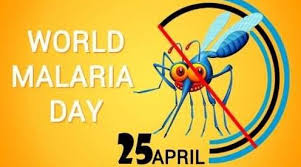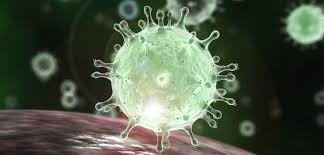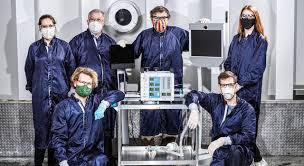
Researchers at the Agharkar Research Institute (ARI), Pune have developed ‘bug sniffer,’ a sensitive and low-cost sensor to rapidly detect bacteria. The portable device can detect as low as ten bacterial cells from a sample size of 1 mm in just 30 minutes. The team is currently working on a method for simultaneous separation and detection of Escherichia coli and Salmonella typhimurium.
Highlights:
♦ The bug sniffer is a biosensor that uses synthetic peptides, magnetic nanoparticles, and quantum dots to detect the presence of bacteria.
♦ It will provide a cost and time-effective way of screening water and foodborne pathogens.
♦ The most common disease-causing bacteria Escherichia coli and Salmonella typhimurium. They can be detected individually and simultaneously using the in-house developed synthetic peptides, which act as a recognition element and provide the specificity to the detection. These peptides are highly specific to the bacteria to be detected and have extremely low cross-reactivity.
♦ When the external magnetic field is applied, the bacteria attached to the peptide will be isolated and immobilized. Finally, the peptide tagged with quantum dots will be passed through the microchannels to complete the sandwiched peptide assay.
♦ After capturing the bacteria, microchannels will exhibit strong and stable fluorescence due to the quantum-dot-tagged peptides.
♦ The bug sniffer is affordable, and the raw materials required for making it are readily available.
♦ The researchers also developed a chip consisting of microchannels made from copper wires and poly (dimethylsiloxane). The device can detect pathogens with a limit of detection of 10 cells per 1 mL within 30 minutes.





